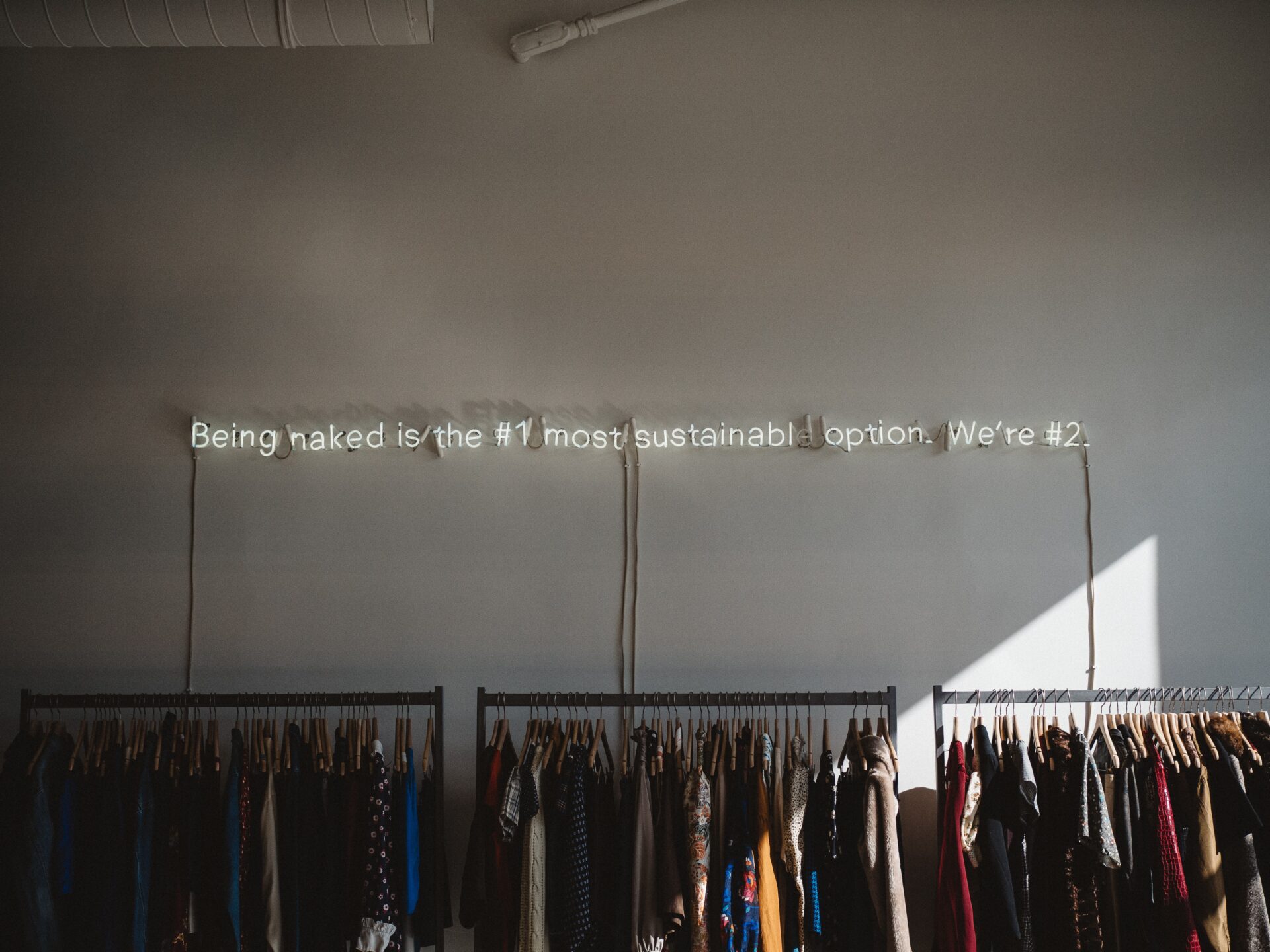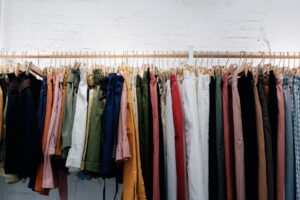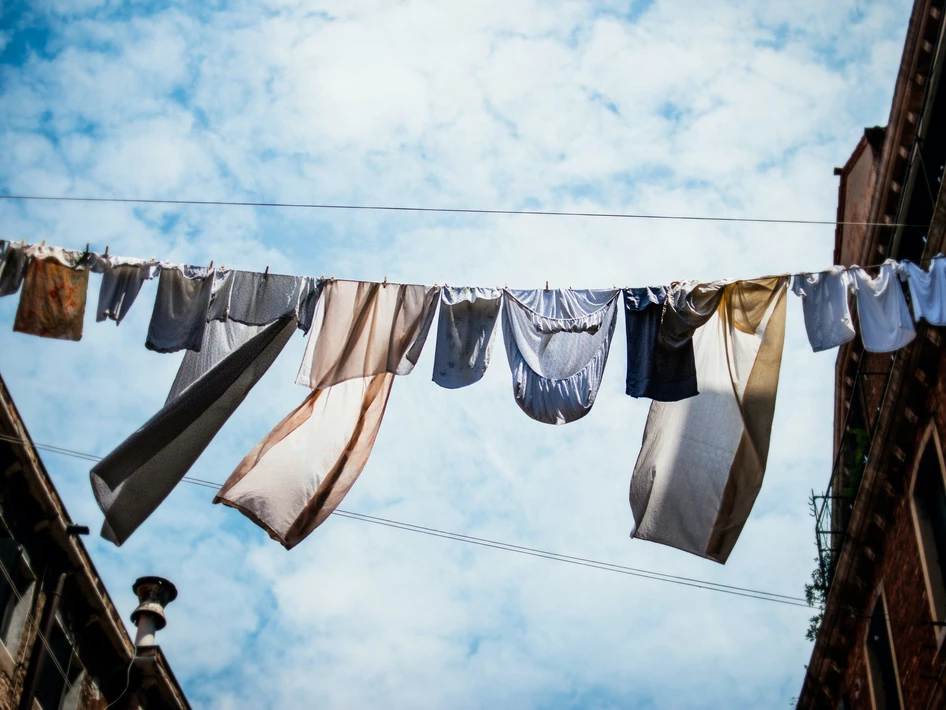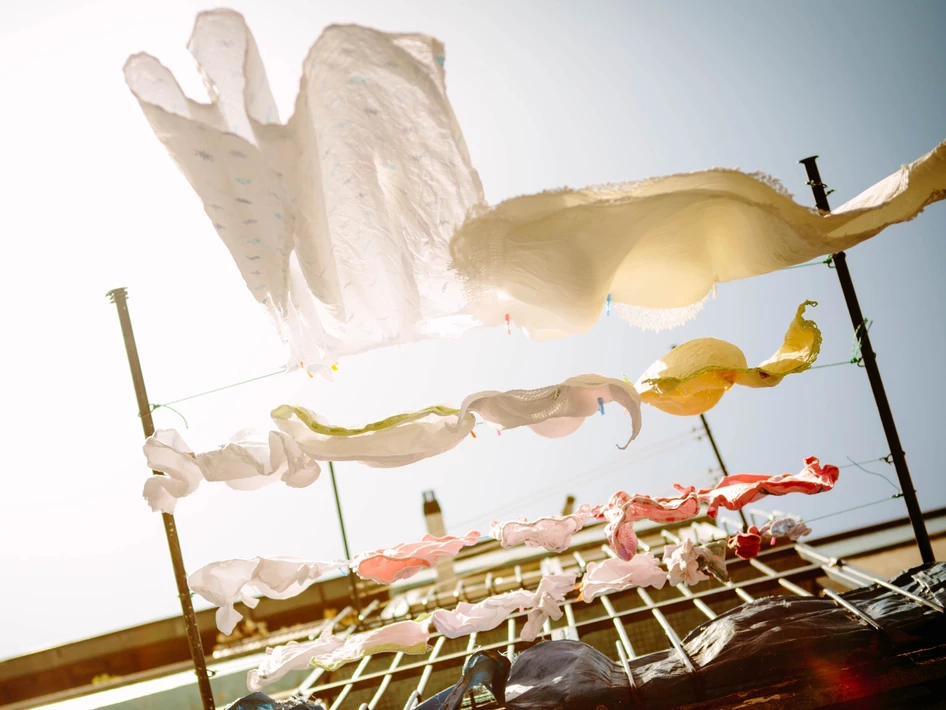With the secondhand market expected to more than double, over the next 4 years, according to the GlobalData 2022 Market Sizing and Growth Estimates, at least 50% resale will happen online, by 2024. The report also revealed that 70% consumers believe thrifting has become much easier thanks to technology and online marketplaces. During the pandemic, when the world literally came to a halt and shopping became a life-threatening activity, online thrifting came to the rescue. They are cheaper, often way more fashionable and, of late, more on trend. Most of these thrift shops are operational through Instagram and this business has boomed quite quickly.
For small business owners, the online thrift shops are emerging a source of livelihood, while for customers they are a source of convenience and, well, thrift. Industry and trade pundits are projecting online thrifting to be the next big thing in the sustainable fashion industry. According to Relove, The Summer House, a homegrown apparel brand, reported a 22% increase in ROAS while Summer Somewhere, another homegrown apparel brand, acquired 77% new customers through their Relove programme.

But, given that most online thrift shops are not like traditional businesses, thrifting isn’t as straightforward as buying from a brand. Authenticity can prove a problem at multiple levels, from sellers to products to business owners. So, we put together a guide to help you ace online thrifting.
Be thorough
Most online thrift shops require you to make the payment before they ship your order. So it’s fairly easy to get duped, whether on the quality, authenticity or veracity of the product. And in most case, returns are not an option, making it a terrible deal for you, and for the planet.
Before you buy from an online thrift shop for the first time, seek feedback. Find out where your friends or others you know, who’ve been thrifting for a while, buying from. Check out forums such as @indiathriftreviews, which frequently post reviews about various thrift stores. Do go through the comments section—the interaction of the business with the posters will give you a fair idea of the level of authenticity, especially if you can find customer reviews.
Pick the right products
Not every product for your wardrobe can be thrifted. Take a call on what you’re OK to buy preloved (read, pre-used or worn) and what you’re not. Shirts, tops and handbags are the most common and favoured items to be thrifted. ‘I usually thrift shirts, pants and even sarees,’ says Kirti Goel, founder of p-Tal and an avid thrifter. Shirts and tops are easiest to figure out sizing for, and bags, of course, have no sizing issues—or even hygiene issues, for that matter! ‘Handbags are my favourite item to thrift,’ say Prerna Singh Butalia, founder of Pretty As You Please. ‘It’s hard to find sustainably-made handbags that suit my lifestyle and my pocket, so thrifting offers me a window to buy quality stuff, while also doing good for the planet.’
Check in with the thrift store owner
It’s always a good idea to check in with the thrift store owners about the specifications of a product before arriving at a decision. Most online thrifting business owners are more than happy to share additional photographs and even videos of the item in question. This way, you’ll be sure you’re buying exactly what you want.

Track your item
Again, since most online thrift stores are not run like traditional businesses, there is often no automated system in place for placing and tracking of orders. Not only does this leave room for error when it comes to payments, it also leaves enough room for orders to get misplaced. ‘In two separate incidents, I’ve had an order sent to a different address, and reported as delivered when I hadn’t received it, only to discover my phone number had been written incorrectly,’ reveals Prerna. ‘Fortunately, both packages were recovered.’ To avoid this, cross check your given address and contact information, note down your tracking id and, painful as it may sound, track your order diligently. In case anything seems off, contact the thrift store immediately.

Double check luxury items
For luxury items, authenticity can be a major concern. Even when you’re buying from online thrift stores that are dedicated to luxury items. The key is to look for the code, tags or certifications that claim they are original. Check the brand’s website for products that match the name, description and image. Another great tool is The Fashion Detective, a website for luxury appraisals and authentication, they offer fixed-cost services to help you navigate the genuineness of that luxury purchase. ‘In case of vintage and other items from older collections, a Google search should be able to help you establish genuineness,’ says Prerna. ‘Most luxury handbags do come with their own dust bags, so if that’s available with the product, you can be better assured of the authenticity.’

Resist impulse buying
Thrifting can also lead to a lot of impulse buying. When there are too many products at reasonable prices, and they’re all one-of-a-kind, the urge to grab it before it sells out is high. So while thrifting is a more sustainable choice, buying more than we need defeats the purpose. Most online thrift shops give a sneak-peek into their upcoming drops, so check out the items and ask yourself this question, ‘Do I really need this?’. And, plan your purchase accordingly. Remember, it’s not a ‘deal’, if you don’t need it!






